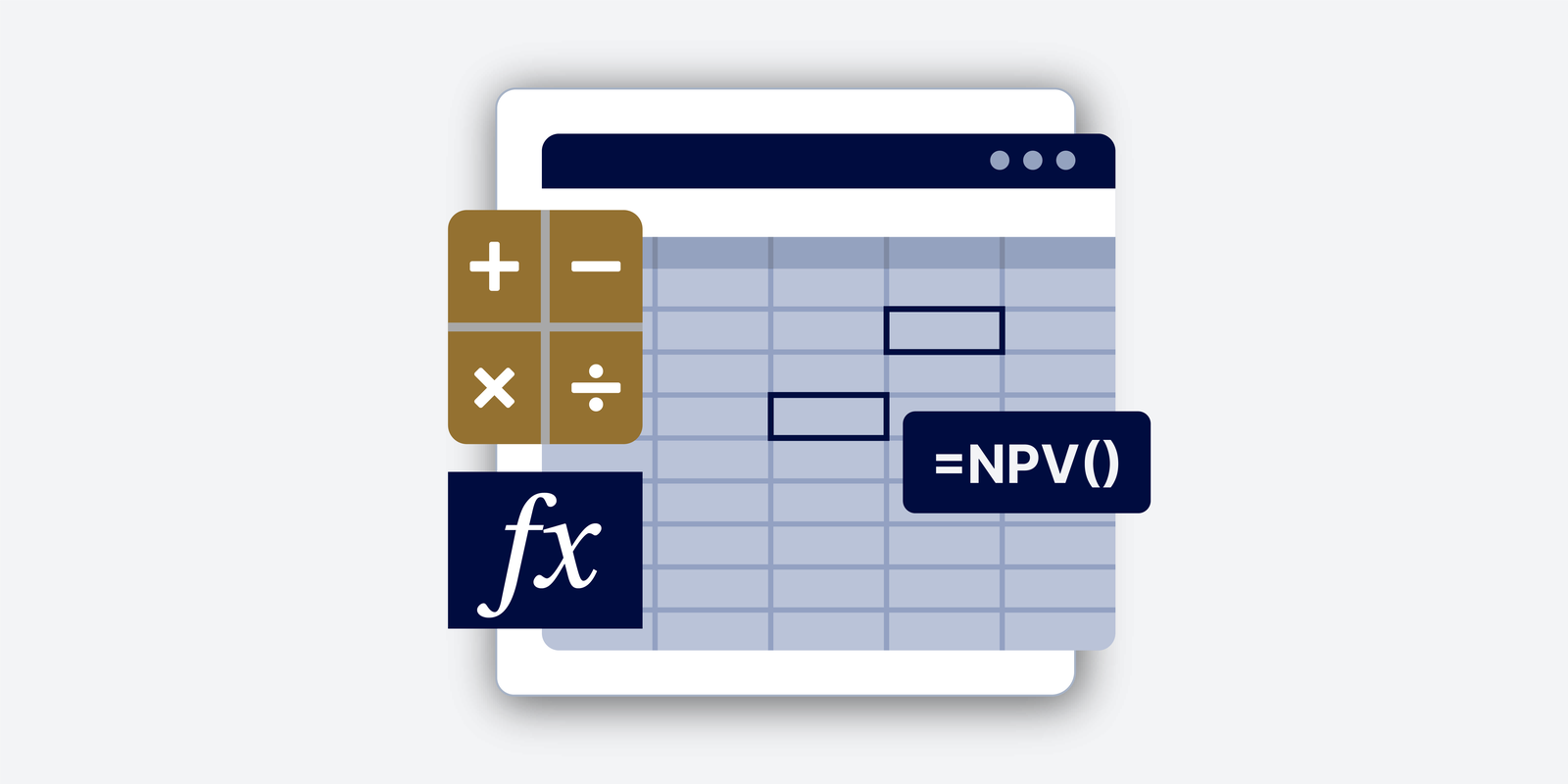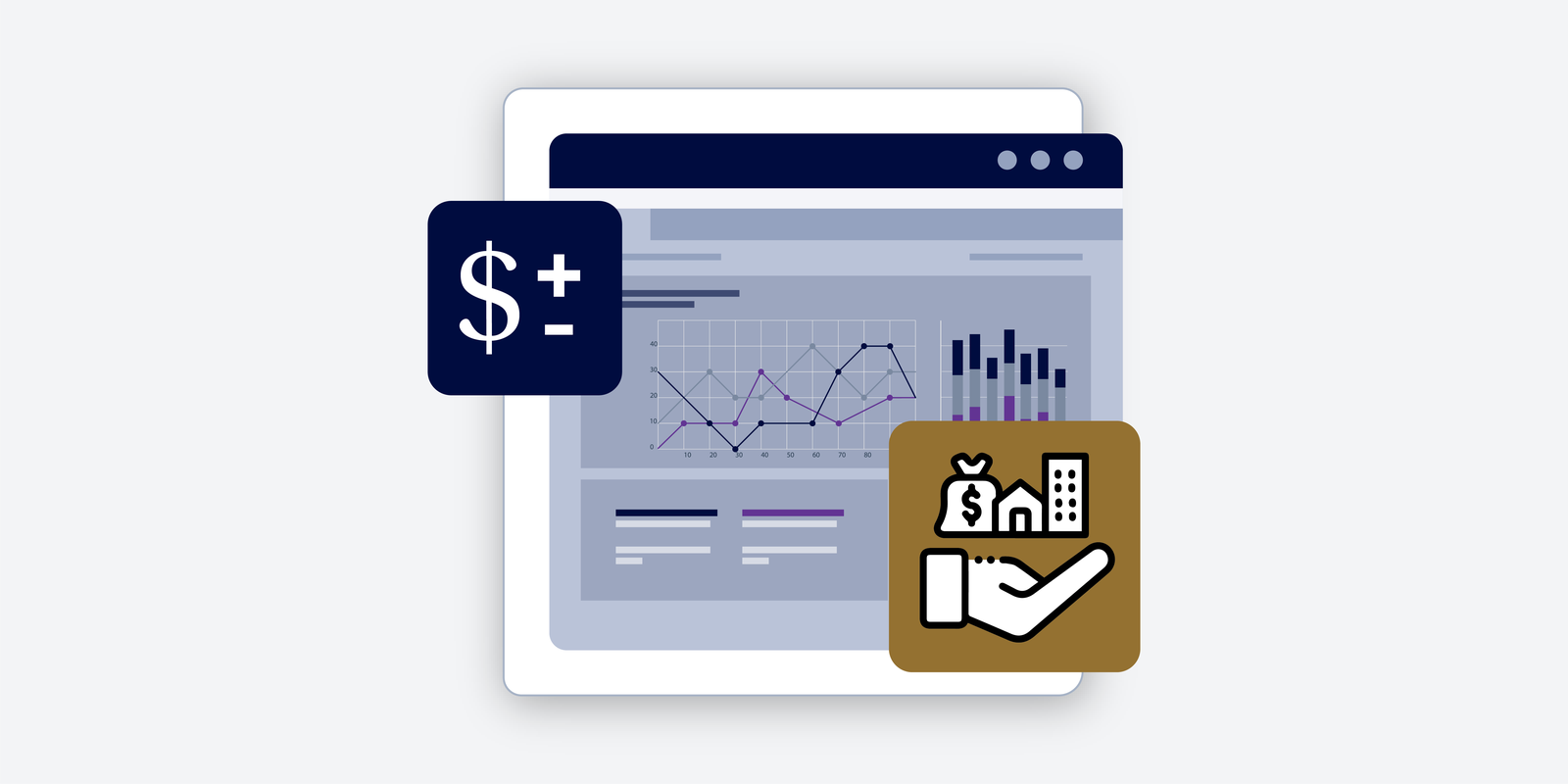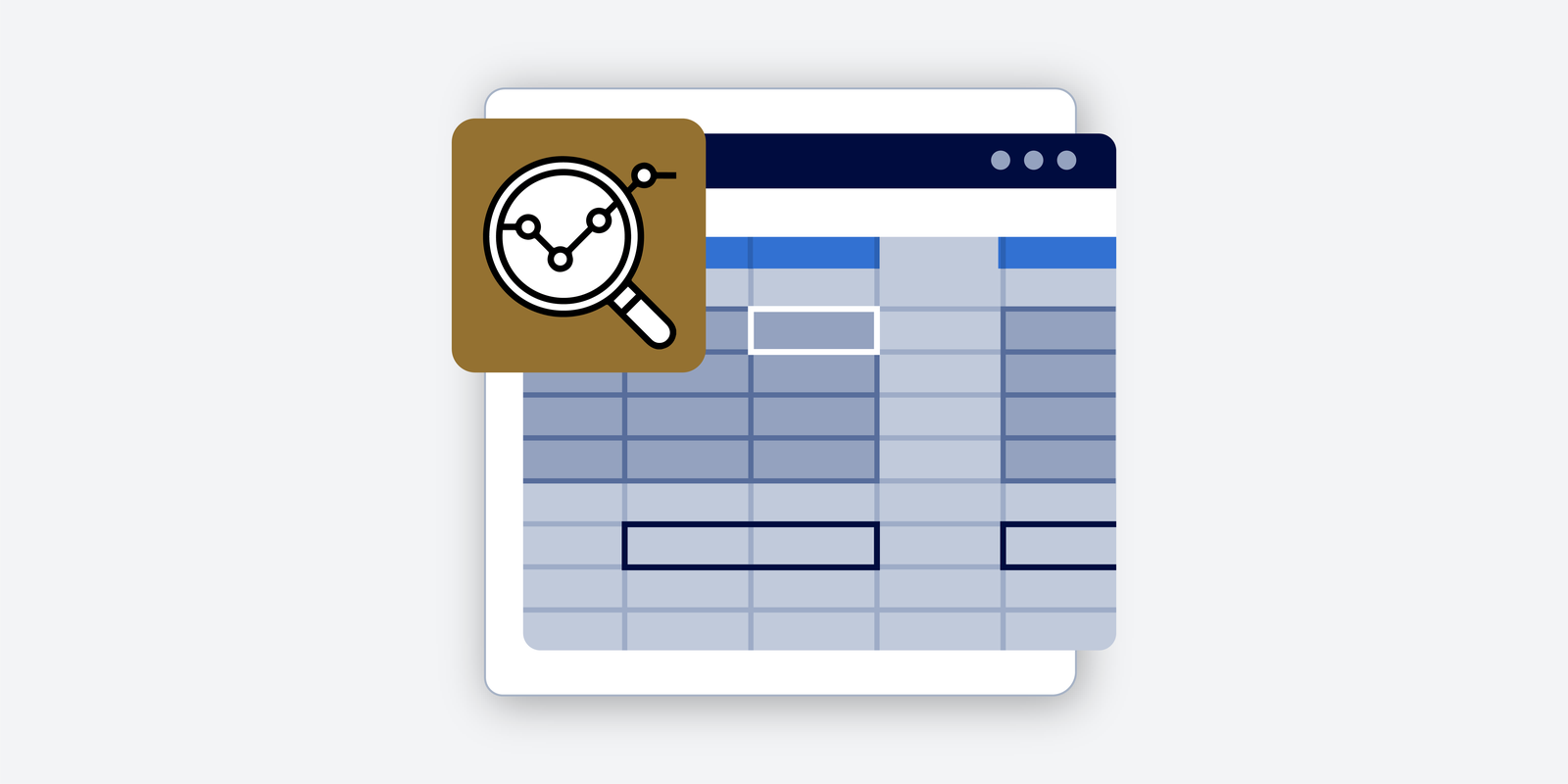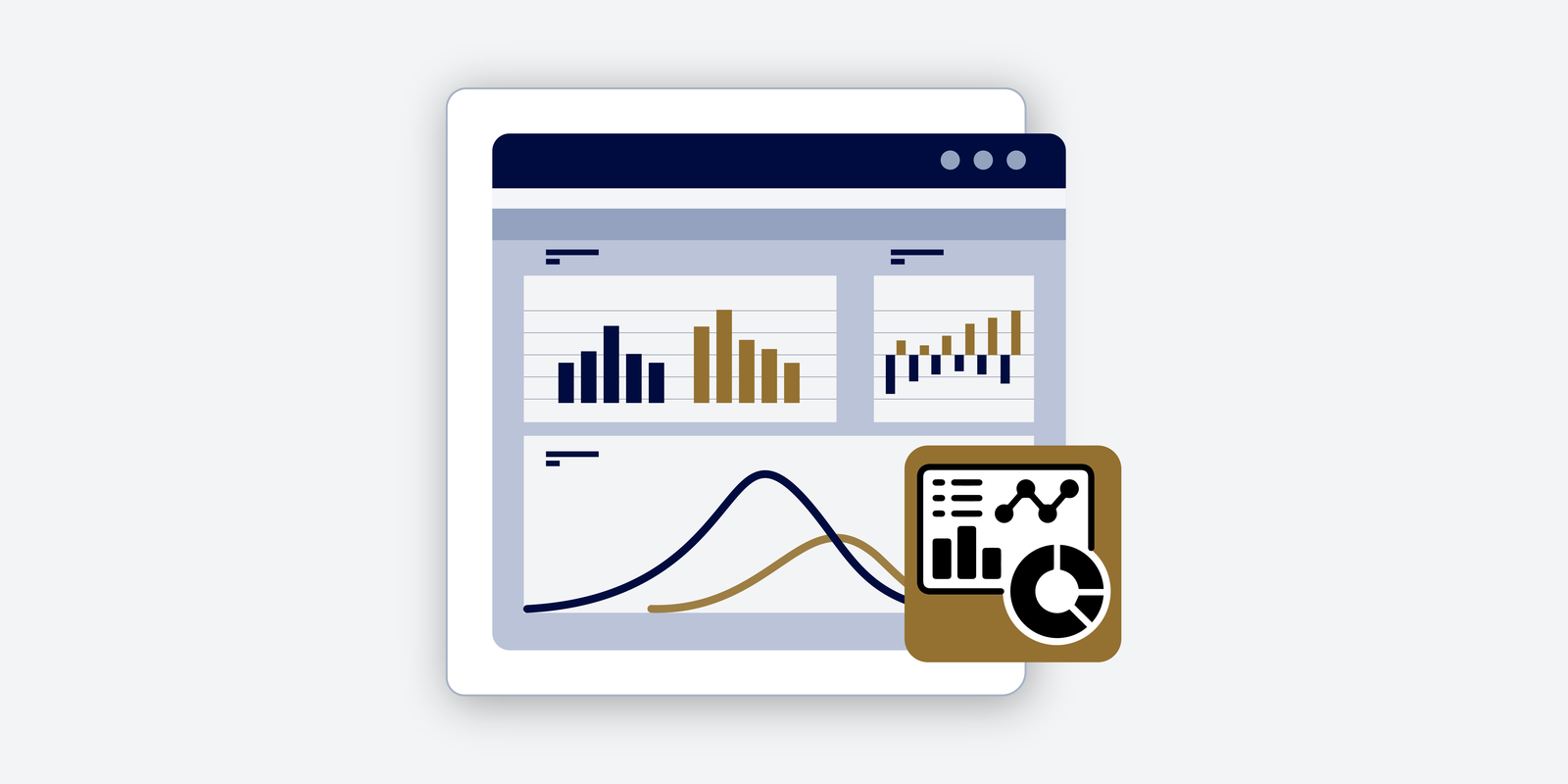GETPIVOTDATA Function
What is the GETPIVOTDATA Function? The GETPIVOTDATA Function is categorized under Excel Lookup and Reference functions. The function helps to extract data from specified fields in an Excel Pivot Table. The Pivot Table is used often in financial analysis to facilitate deeper analysis of given data. The function helps extract, group, or add data from…





